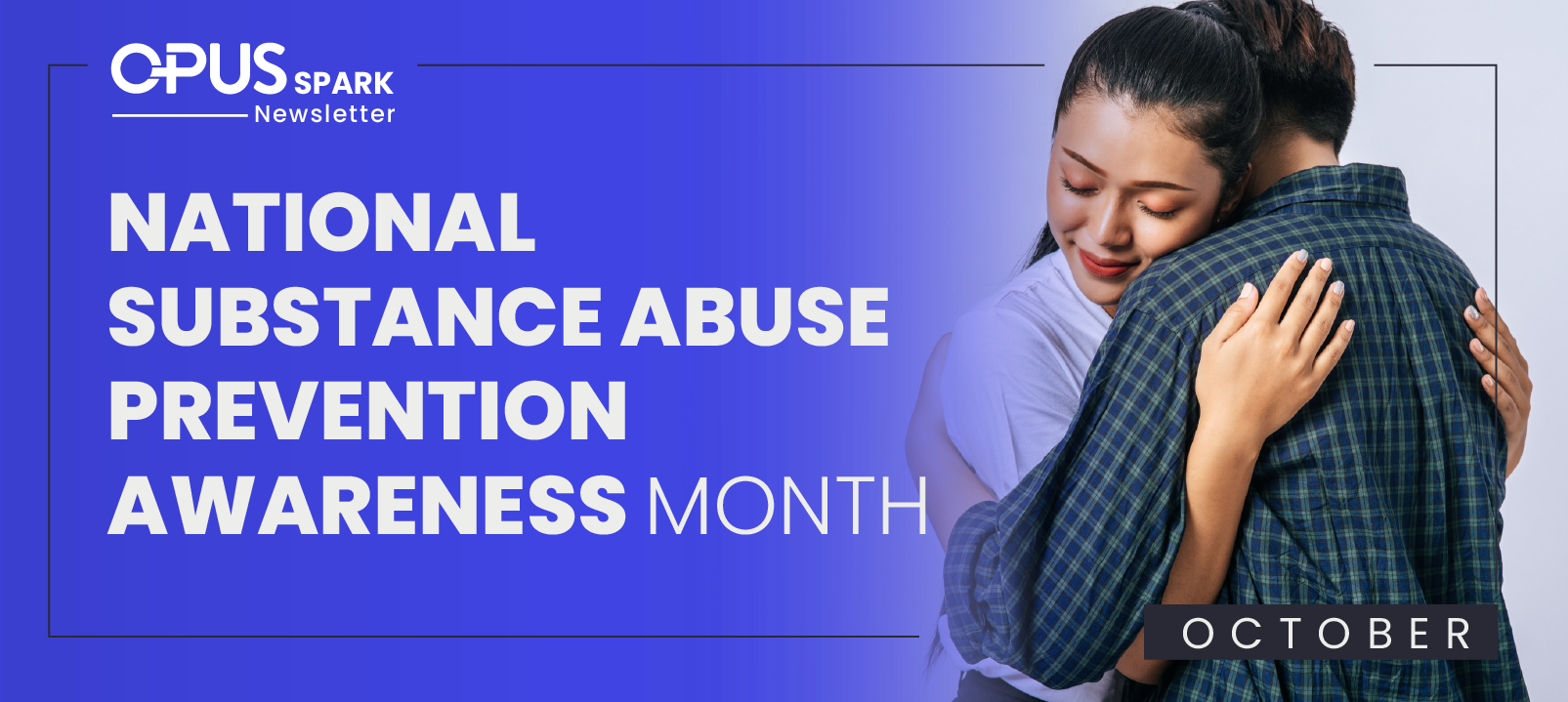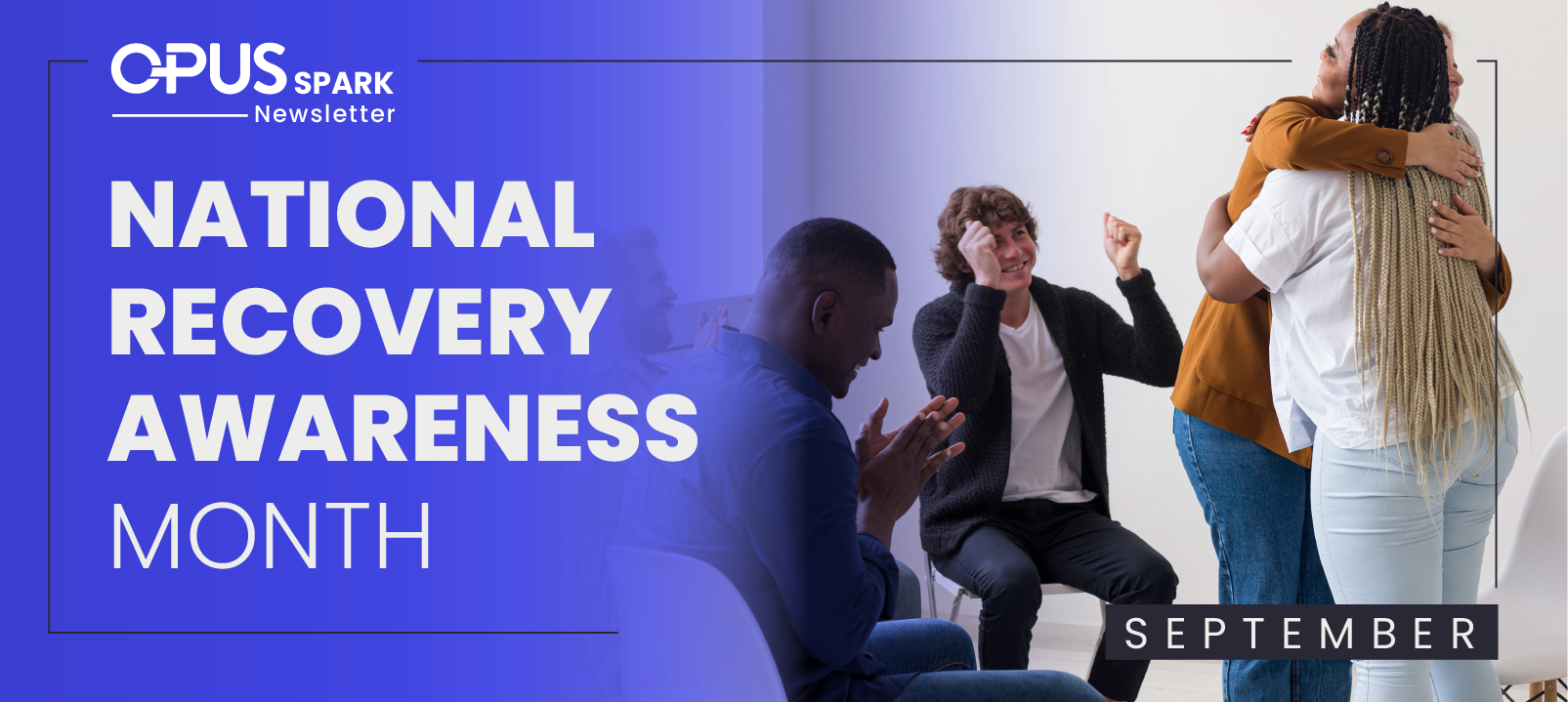Mental Illness Awareness Week: Shattering Stigmas, Fostering Hope
Mental Illness Awareness Week: Shattering Stigmas, Fostering Hope
Mental Illness Awareness Week (MIAW) is a pivotal time for raising awareness about mental health conditions, reducing stigmas, and promoting understanding and support for those affected by mental illnesses. Established by Congress in 1990, MIAW is observed each year during the first week of October. It's a time when individuals, communities, organizations, and mental health advocates come together to share resources, stories, and vital information.
Mental health conditions, such as depression, anxiety, bipolar disorder, and many others, are prevalent in our society. They affect millions of Americans and impact people of all ages, races, and backgrounds. Yet, they often remain hidden in the shadows behind fear and shame. MIAW aims to change that.
Understanding Mental Health: A Key to Recovery
Mental health conditions are real, common, and treatable. Understanding and acknowledging them are crucial steps toward recovery. It's essential to recognize that recovery is possible, and that support and resources are available.
One powerful way to begin the journey toward understanding your mental health is by taking a mental health screening. Online screenings are quick, easy, and confidential. They can help you determine if you are experiencing symptoms of a mental health condition. Here's a link to a trusted screening tool: Mental Health Screening Tool.
Additionally, you can explore valuable information and resources on mental health conditions at the Mental Health America website. This comprehensive resource hub offers insights, guidance, and support to individuals and families affected by mental health challenges.
Shining a Light on Mental Health Conditions
Mental health conditions encompass a wide range of challenges that affect individuals, families, and communities. Here are some key insights into a few common mental health conditions:
- Substance Use Disorders: Substance abuse and addiction affect millions of Americans directly and indirectly. They result in significant costs to society and can have devastating consequences on individuals and their families.
- Attention-Deficit Hyperactivity Disorder (ADHD): ADHD is a common condition that often begins in childhood but can persist into adulthood. It can impact various aspects of life, including attention span, impulsivity, and hyperactivity.
- Alzheimer's Disease: Alzheimer's is the most common cause of dementia in older people, affecting memory, thought, and language. Currently, there is no cure for this progressive disease.
- Anxiety Disorders: Anxiety disorders can cause people to feel frightened, distressed, and uneasy for no apparent reason. They are among the most common mental illnesses, affecting millions of adults each year.
- Bipolar Disorder: This condition is characterized by extreme mood swings, from manic highs to depressive lows. It can disrupt a person's life but is treatable with proper care.
- Body Dysmorphic Disorder (BDD): BDD involves a persistent preoccupation with perceived flaws in physical appearance. It can lead to significant distress and affect daily functioning.
- Borderline Personality Disorder (BPD): BPD is a disorder of emotion regulation characterized by unstable relationships, self-image, and mood. It's treatable, but those affected often face stigma.
- Co-Dependency: Co-dependency is a learned behavior that can affect an individual's ability to have healthy, mutually satisfying relationships. It can stem from family dynamics and impact all types of relationships.
- Depression: Major depression is one of the most common mental illnesses, affecting millions of American adults and youth each year. It can lead to feelings of hopelessness and even suicide.
- Post-Traumatic Stress Disorder (PTSD): PTSD can develop after exposure to a traumatic event. It can lead to flashbacks, nightmares, and severe anxiety.
- Schizophrenia: Schizophrenia is a complex mental health disorder that affects thinking, behavior, and emotions. It often requires long-term treatment and support.
Mental Health by the Numbers
Understanding the scope of mental health challenges in the United States is essential. Here are some key statistics that shed light on the prevalence and impact of mental health conditions:
- Nearly 1 in 5 American adults will experience a diagnosable mental health condition in any given year.
- Over 46 percent of Americans will meet the criteria for a diagnosable mental health condition at some point in their lives.
- Anxiety disorders, including conditions like generalized anxiety disorder, panic disorder, and social anxiety disorder, affect over 21 percent of adults, or 42.5 million individuals, each year.
- Bipolar disorder affects more than 3.3 million American adults annually.
- Approximately 8.4 percent of American adults, or 21 million people, experience major depression each year.
- PTSD impacts 12 million Americans.
- Schizophrenia affects around 1.5 million American adults.
- Over 4.5 million adults experience suicidal thoughts.
Prevalence in Specific Populations
Mental health conditions affect individuals from all walks of life. Understanding how these conditions impact specific populations is crucial:
- The prevalence of mental illness in the Black/African American community is 16 percent, affecting 7 million individuals.
- In the Latinx/Hispanic American community, the prevalence is also 16 percent, affecting 10 million people.
- Among Asian Americans, 15 percent experience mental illness, impacting 2.9 million individuals.
- The Native American/Alaskan Native community sees a 19 percent prevalence, impacting 827,000 people.
- Among those who identify as two or more races, 25 percent experience mental illness.
- In the LGBTQ+ community, 39 percent of individuals report experiencing mental illness.
Treatment and Access to Care
Despite the prevalence of mental health conditions, there are significant gaps in treatment and access to care:
- Approximately 56 percent of mentally ill adults do not receive mental health treatment.
- Of youth with depression, 60.3 percent do not receive any mental health treatment.
- Only 28 percent of youth with severe depression receive consistent treatment.
- Over 28 million adults with mental illness do not receive treatment.
- Approximately 12.2 million adults with mental illness report trying to get treatment but being unable to access it.
- Over 5.5 million adults with mental illness are uninsured.
The Road to Recovery and Hope
Mental Illness Awareness Week is a crucial reminder that mental health matters. It's an opportunity for individuals to seek support, for communities to break down stigmas, and for society to prioritize mental health care.
Remember, mental health conditions are treatable, and recovery is possible. Seeking help, understanding your mental health, and reaching out to others are essential steps toward fostering hope and creating a world where mental health is embraced and supported.
If you or someone you know is struggling with mental health challenges, don't hesitate to seek help. Reach out to a mental health professional, a counselor, a therapist, or a support network. Together, we can shatter stigmas, provide hope, and build a future where mental health is a priority for all.
Sources:
- Mental Health America (MHA)
- National Institute of Mental Health (NIMH)
- Substance Abuse and Mental Health Services Administration (SAMHSA)
- Centers for Disease Control and Prevention (CDC)
- World Health Organization (WHO)
In conclusion, Mental Illness Awareness Week serves as a poignant reminder of the strength, resilience, and hope that individuals facing mental health challenges embody. It's a time to celebrate the triumphs of those on their journey to mental wellness and the unwavering dedication of healthcare professionals and supportive communities.
At Opus EHR, we are deeply honored to stand beside the addiction treatment and mental health community in this important mission. Our commitment is unwavering, as we continue to offer cutting-edge solutions that streamline operations for mental health practitioners. By saving valuable time, our solutions empower clinicians to do what they do best – provide care and support to those in need. This, in turn, enables practices to see and treat more patients, ultimately resulting in increased efficiency and profitability.
As we look ahead, let us remember that the path to mental wellness is not only possible but achievable with the right support and resources. Together, we can make a profound impact in the lives of countless individuals who are on their journey toward a brighter and healthier tomorrow.






